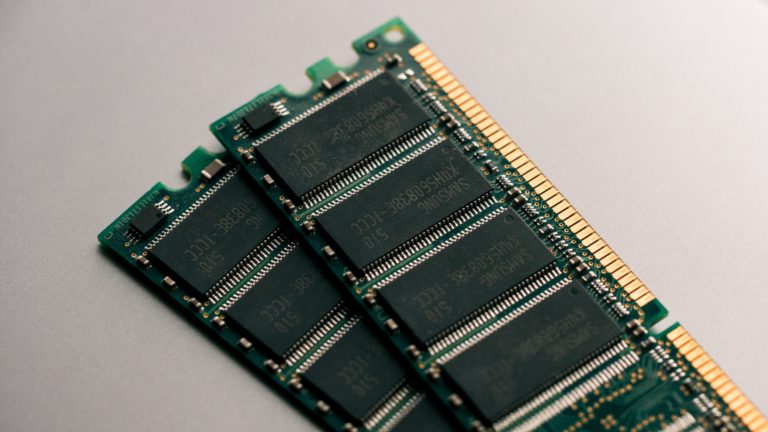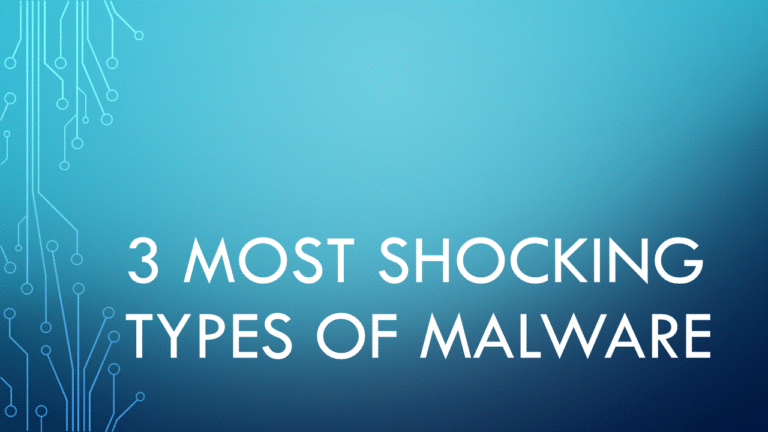What is BYOD? Why is it trending among organizations around the world?
BYOD is an organizational policy abbreviated for “Bring Your Own Device”. Organizations that are in favor of BYOD policy allow their employees to bring their own mobile devices to their work and connect to IT infrastructure. At the same time, some companies think allowing personal devices to organizational networks and resources is a big risk. BYOD has been a hot and debatable topic for medium and large organizations around for more than a decade and a very large number of organizations have accepted it as they see benefits outweighing the drawbacks.
Risks associated with BYOD
- Personal mobile devices such as smartphones, tablets and laptops owned by employees may get stolen or lost and may get in the hands or any unauthorised hacker who may try to gain access to company’s private and confidential information with malicious intent.
- Employees leaving the company with their digital gadgets might still have organizational data and applications loaded on them which poses a risk them.
- Employees might use their personal devices outside the workplace on unsecured networks.
- Security patches if not applied immediately pose a big risk to organizational security and IT department of organizations have no control over it.
Advantages gained by adopting BYOD
- Employee satisfaction is one of the biggest advantages as they can select the technology and gadget they are most comfortable using.
- As employees spend their money on buying the hardware and software which they use for office work increase in BYOD helps organizations significantly reduce their IT costs as they are partly absorbed by employees.
- Organizations which have introduced BYOD policies have seen a significant boost in productivity as employee carry their devices everywhere with them at home or at a vacation.
Where are we heading?
Despite the risks associated with BYOD, it has been a growing trend around the world as researchers and organizations see more benefits in adopting the concept. According to an article on www. globenewswire.com by 2022 BYOD market will be reaching $336.95 billion (In contrast it was valued at $30 billion in 2014). BYOD is certainly gaining momentum and acceptability as the report from 2016 from “Tech Pro Research” suggests that 59% of the organizations have already accepted it and another 13% were planning to allow BYOD.
Organizations are trying the neutralize the risks associated with BYOD through enforcing BYOD support systems and usage policies, encouraging employees to update (patching) their devices, and creating awareness of challenges associated with BYOD. Besides organizations are investing in mobile device management solutions (MDM) to control access, monitor usage, and enforce policies.
- Microprocessors & associated terminology-All your questions answered!
- What does no one tell you about Random-Access Memories?
- What is Random Access Memory (RAM)?
- Difference between Passive Matrix and Active Matrix LCDs?
- Difference between Twisted Nematic (TN) and In-Plane Switching LCD technologies?
- All you want to know about Unshielded Twisted Pair (UTP) Cables!




